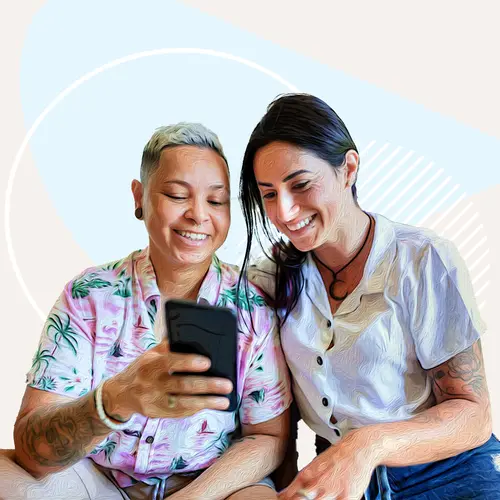Super lice are more common now because of overtreatment and misdiagnosis of lice. Learning how and when to treat lice can help.
What Is Super Lice?
Lice are blood-sucking parasites found on humans. They can affect your head, body, and pubic hair and can live up to one month on the scalp.
Head lice infestations are called pediculosis and are commonly treated with medications that kill the eggs and insects. These are usually pyrethrins and pyrethroids.
When these medications were first released, they were helpful in 88% to 99% of treatments. Over time, these medications have been widely used, and lice have adapted with genetic changes that make them resistant to these treatments. These are called super lice.
Similar to superbugs that are resistant to antibiotics, super lice have developed resistance because of overtreatment and misdiagnosis of lice infestations.
Symptoms of Lice
You can have lice without having any symptoms, which usually happens the first time you have lice or if you have a mild infestation.
The most common symptom is an itchy scalp, which is caused by an allergic reaction to the louse bites on your scalp. It might take 4 to 6 weeks before you notice any itching, and some people never do.
Other symptoms of lice include:
- Tickling on your scalp like something is moving in your hair
- Red sores on your scalp or neck
- Irritability
- Trouble sleeping
You might also find live lice or lice eggs called nits in your hair. Lice move quickly and avoid light, so these can be hard to find.
Signs of active lice in your hair include crawling lice and nits close to the base of your hair. The lice are small gray or red insects with 6 legs and will be on your hair or scalp. If you can’t find live lice, you should look for nits firmly stuck to your hair and close to the scalp within ¼ inch from the base of your hair.
Nits are:
- Tiny, oval specks
- White or yellow-white
- Commonly found behind your ears and near the back of the neck
- Often mistaken for dandruff, dirt, or hair spray
If they are attached to the hair more than ¼ inch from the base of your hair, they are most likely already hatched or dead.
How to Treat Super Lice
Lice should only be treated if there are active, live lice; simply finding nits isn’t enough. These could be a sign of already dead lice, which don’t need to be treated.
If you have active lice, you should start by using pyrethrin shampoo or other over-the-counter lice treatments. Make sure to carefully comb your hair with a nit comb every night, and wash and dry linens, clothing, hats, and scarves. Repeat the treatment after 7 days.
If you still have live lice after 2 rounds of careful treatment, this is a sign of super lice, and you should see your doctor. They might recommend a different super lice treatment, including:
Ivermectin. This is an anti-parasite pill that your doctor might suggest. Studies show 95% of patients were lice-free on day 15 of treatment. It’s not recommended for small children or for pregnant or breastfeeding women. You can also get a prescription ivermectin hair lotion that can help.
Malathion lotion. This is a prescription that you apply to dry hair and then rinse out after 12 hours. You need to use a nit comb and reapply in 7 days if you still have lice. Around 80% of patients are lice-free within 14 days of using this lotion.
Spinosad suspension. This is another prescription you can apply to dry hair, leave for 10 minutes, and then rinse out. You only need to reapply in 7 days if you still have lice.
Wet combing. There is very little research about wet combing, but one study showed that wet combing alone was 50% as effective compared to using a topical treatment. The process does not kill lice, but it might help remove them.
Apply a thick amount of conditioner to your hair and comb through in tiny sections from root to tip. Rinse out the conditioner and then comb through each tiny section with the nit comb again. Make sure to do it over a sink to avoid too much contact.
The process should be done every 3 days for a minimum of 2 weeks until there are no signs of live lice or nits after 4 or 5 combings.
Other treatments. Some home remedies for super lice might be helpful. One study from Israel showed a product with coconut oil and ylang-ylang and anise essential oils worked as well as regular topical treatments. These might not be safe for children and more research is needed, though.
Super lice can be hard to treat. If you’ve tried over-the-counter medications and are still having trouble, you should ask your doctor for other treatments.

